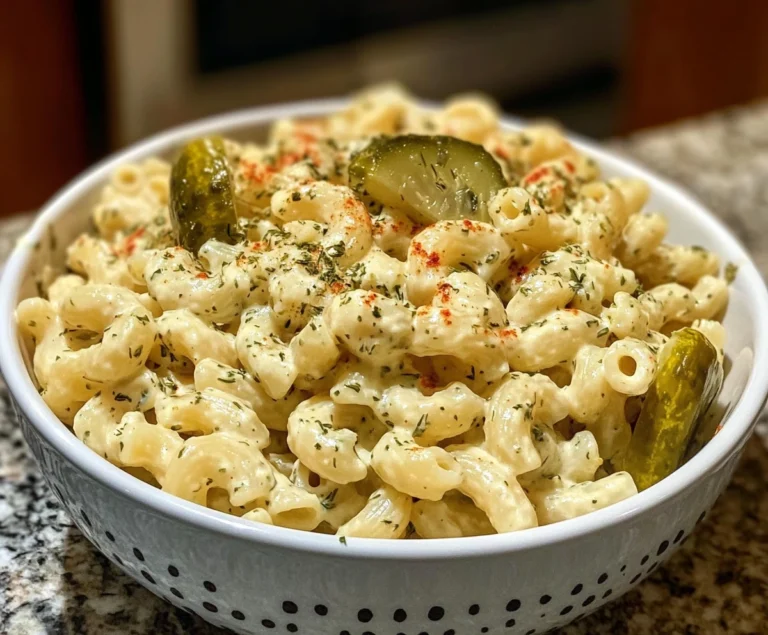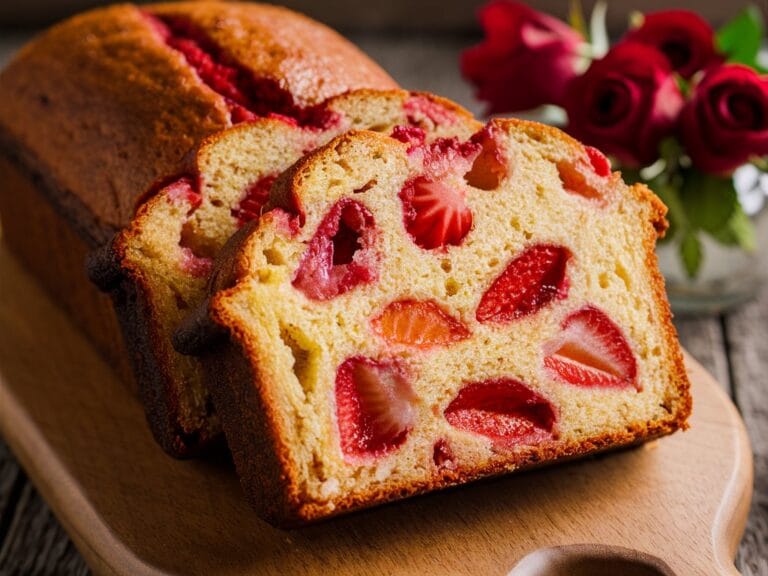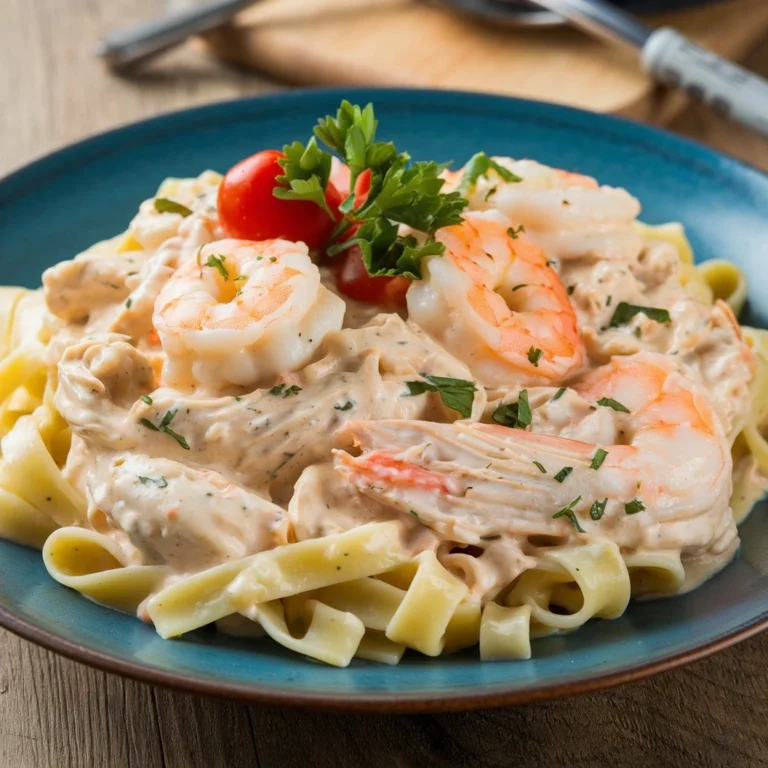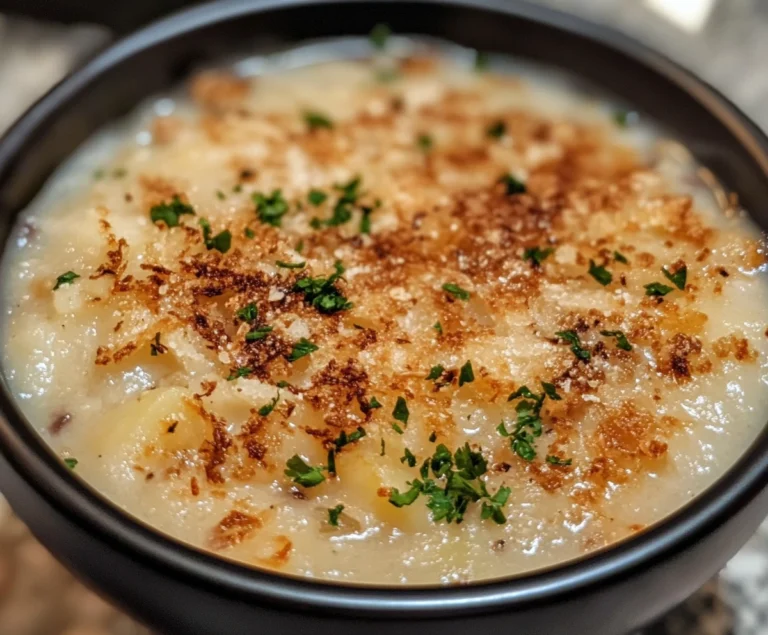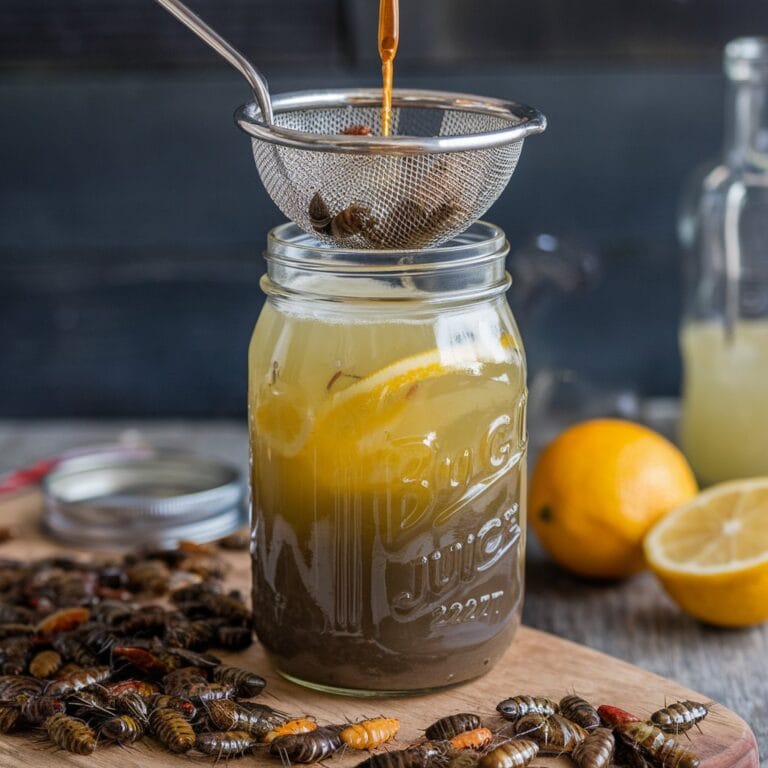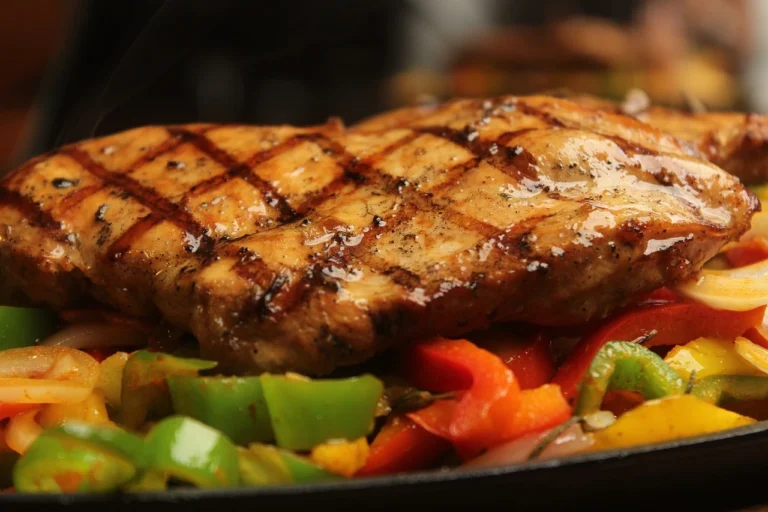Can you substitute hash browns for potatoes?
Potatoes offer incredible versatility in the kitchen. From mashed potatoes and fries to baked casseroles and soups, this simple ingredient elevates many dishes. But what do you do when fresh potatoes are unavailable or you’re short on time? Hash browns can save the day!
This article explores how to effectively use hash browns as a substitute for fresh potatoes, covering nutrition, texture, flavor, and cooking methods. By understanding key differences, you’ll know exactly how to make the switch and avoid common mistakes.
The Origins of Potatoes in Cuisine
Potatoes originated in the Andes region of South America, where they have been cultivated for over 8,000 years. They were introduced to Europe in the 16th century by Spanish explorers, and from there, potatoes spread around the globe. Today, potatoes are one of the most consumed foods worldwide, known for their versatility and ability to complement a variety of dishes, from side dishes to main courses.
Potatoes come in many different varieties, including Russet, Yukon Gold, and Red Potatoes, each offering a unique texture and flavor suited to different types of dishes. Their adaptability makes them a key ingredient in many cuisines, particularly in Europe, North America, and Asia.
The Invention of Hash Browns
The term hash browns refers to a dish made from grated or shredded potatoes that are pan-fried until crispy and golden brown. The dish originated in the United States in the 19th century and became especially popular in American diners, where it was often served alongside breakfast staples like eggs, bacon, and toast.
While hash browns are typically associated with breakfast, their appeal has spread, and they can now be found in a wide range of recipes, from casseroles to soups, and even as toppings for various dishes.
If you’re interested in understanding more about potato varieties and how they influence different recipes, this guide provides useful insights on how to incorporate creative and nutritious alternatives into everyday meals.
Nutritional Comparison: Hash Browns vs. Potatoes
Fresh potatoes contain a wealth of nutrients like vitamin C, potassium, and fiber. They are naturally low in calories and fat, making them a nutritious option.
Hash browns, however, depend on their preparation. Store-bought versions often include added oils and sodium. Homemade hash browns, made from fresh potatoes with minimal oil, retain similar nutritional benefits to regular potatoes.
Fresh Potatoes
Whole fresh potatoes are known for their impressive nutritional profile. They are low in fat and calories, but rich in key nutrients, making them a valuable addition to a balanced diet.
- Vitamins: Potatoes are a great source of Vitamin C and Vitamin B6. These vitamins are essential for maintaining healthy skin, supporting immune function, and aiding in energy metabolism.
- Fiber: Potatoes provide a good amount of dietary fiber, which aids in digestion, helps maintain a healthy weight, and reduces the risk of heart disease.
- Minerals: Potatoes are packed with essential minerals such as potassium, which is crucial for regulating blood pressure and supporting heart health.
One of the key nutritional advantages of fresh potatoes is their low-fat content. Unless they are fried or prepared with large amounts of oil, fresh potatoes remain a healthy option in most recipes.
Hash Browns
Hash browns are simply grated or shredded potatoes, but the way they are prepared significantly affects their nutritional value.
- Frozen Hash Browns: Many frozen hash browns are pre-cooked and often contain added oils, preservatives, and sodium. These added ingredients increase the fat and sodium content, making frozen hash browns less healthy than fresh potatoes.
- Homemade Hash Browns: When prepared at home, hash browns can be made with fresh potatoes, allowing you to control the amount of oil and salt used. Homemade hash browns can offer a similar nutritional profile to fresh potatoes, especially if they are cooked with minimal added fat.
While hash browns are often associated with indulgent breakfasts, they can be made healthier with the right cooking techniques. Frying hash browns in a small amount of olive oil or baking them instead of frying can help reduce their fat content, making them a healthier option.
Comparing Calories and Macronutrients
Here’s a quick comparison of the calorie and macronutrient content of fresh potatoes and frozen hash browns (per 100 grams):
| Nutrient | Fresh Potatoes | Frozen Hash Browns |
|---|---|---|
| Calories | 77 kcal | 145 kcal |
| Carbohydrates | 17 g | 22 g |
| Protein | 2 g | 2 g |
| Fat | 0.1 g | 8 g |
| Sodium | 5 mg | 450 mg |
As you can see, frozen hash browns contain more calories and fat than fresh potatoes due to the added oils used in processing. However, if you make homemade hash browns with fresh potatoes and minimal oil, you can achieve a nutritional profile closer to that of fresh potatoes.
For more ideas on cooking with nutrient-rich ingredients, check out this creative coffee cupcake recipe guide, which emphasizes healthy, flavorful alternatives.
Substituting Hash Browns for Potatoes in Recipes
Hash browns can replace potatoes in many recipes. Here’s how to use them effectively:
Casseroles
Hash browns make a quick and easy substitute for sliced or diced potatoes in casseroles. Their uniform, shredded texture allows them to cook faster while adding a satisfying crispiness.
Pro Tip: Keep an eye on cooking time. Hash browns cook quicker than fresh potatoes, so adjust accordingly to avoid overcooking.
Soups and Stews
In soups, hash browns can replace cubed potatoes. They break down more easily, thickening the soup and absorbing flavors faster. Just remember, hash browns will need less cooking time than fresh potatoes.
Breakfast Dishes
Breakfast dishes like skillets or casseroles often include potatoes. Hash browns fit perfectly here, especially when you’re in a hurry. They fry up crispy and golden, adding texture to any breakfast meal.
Baked Dishes
For dishes like gratins or quiches, hash browns provide a convenient alternative to thinly sliced potatoes. They create a crispy top layer and cook more quickly than whole potatoes.
Breakfast Dishes
Of course, one of the most common uses for hash browns is in breakfast dishes. Whether you’re making a breakfast casserole, a side for eggs, or a base for a breakfast skillet, hash browns are an ideal substitute for fresh potatoes.
Tips for Substituting in Breakfast Dishes:
- Quick Cooking: Hash browns are an excellent time-saving substitute in breakfast dishes since they cook much faster than whole or diced potatoes.
- Crispy Texture: When fried, hash browns develop a crispy exterior, making them a great substitute for fried or roasted potatoes in breakfast dishes.
- Flavor Pairing: Hash browns pair well with traditional breakfast flavors such as eggs, bacon, sausage, and cheese.
Example: For a breakfast skillet dish, substitute hash browns for cubed potatoes. Sauté them with onions, peppers, and sausage, then top with eggs and cheese for a quick, satisfying breakfast.
Baked Dishes
When it comes to baked potato dishes, hash browns can also be an effective substitute. From gratins to casseroles, hash browns provide a convenient and flavorful alternative to fresh potatoes.
Tips for Substituting in Baked Dishes:
- Crispiness: Hash browns will give baked dishes a crispy, golden layer on top, which can be a nice contrast to softer ingredients like cheese or cream.
- Cooking Time: Hash browns bake faster than fresh potatoes, so adjust the cooking time to prevent burning or overcooking.
- Layering: In layered dishes like potato gratin, hash browns can be used in place of sliced potatoes to create a quicker version of the dish.
Example: In a potato gratin, substitute hash browns for thinly sliced potatoes. The result will be a faster-cooking dish with a crispy, golden top layer.
Hash Browns as a Time-Saving Substitute
One of the main reasons people choose to substitute hash browns for potatoes is the time-saving convenience. Here are some reasons why hash browns are a great time-saving option in many recipes:
1. No Peeling or Chopping
Preparing fresh potatoes often involves peeling, chopping, or dicing, which can be time-consuming. With frozen hash browns, you skip the preparation step entirely. Simply take them out of the freezer, thaw them if necessary, and add them directly to your recipe.
2. Faster Cooking Time
Because hash browns are grated or shredded, they cook much faster than whole or diced potatoes. Whether you’re frying them in a skillet or baking them in the oven, hash browns will save you time in the kitchen.
3. Consistent Texture
With hash browns, you get a consistent texture throughout the dish. This can be particularly helpful in recipes where you want an even distribution of potatoes, such as casseroles or soups. The uniform size of shredded hash browns ensures that they cook evenly and provide a consistent texture in every bite.
For more time-saving ideas in the kitchen, check out this quick and easy zucchini mushroom recipe, which offers a delicious and nutritious alternative to traditional potato-based dishes.
Expert Opinions on Substituting Hash Browns for Potatoes
Now that we’ve explored the practical aspects of using hash browns as a substitute for fresh potatoes, let’s take a look at what some culinary experts have to say about this substitution.
Chef’s Insights on Hash Browns
Many chefs and culinary experts agree that hash browns can be a suitable substitute for fresh potatoes in certain recipes, but they also note that the texture and flavor can differ depending on the preparation method.
- Texture Differences: One of the most noticeable differences between hash browns and fresh potatoes is the texture. Hash browns are typically crispier and more uniform in texture, while fresh potatoes can be softer and chunkier, depending on how they are prepared.
- Flavor Impact: Because hash browns are often fried, they can have a richer, more savory flavor compared to boiled or baked potatoes. However, this can be an advantage in certain dishes, particularly when you want a crispy, flavorful layer.
Common Misconceptions
There are also some common misconceptions about substituting hash browns for potatoes that are worth addressing:
- Misconception 1: Hash Browns Are Always Unhealthy: While many store-bought hash browns are fried or contain added oils and preservatives, you can easily make healthier versions at home by using fresh potatoes and cooking them with minimal oil.
- Misconception 2: Hash Browns Can’t Be Used in Soups: Some people believe that hash browns will fall apart in soups or stews, but as we’ve discussed, hash browns can actually work well in these dishes by thickening the broth and absorbing flavors quickly.
Commonly Asked Questions (FAQs)
Can I Use Frozen Hash Browns Instead of Fresh Potatoes?
Yes, frozen hash browns are a convenient substitute for fresh potatoes in many recipes. Just make sure to thaw and drain them properly to avoid adding excess moisture to your dish.
Are There Taste Differences Between Hash Browns and Fresh Potatoes?
Since hash browns are typically fried, they have a crispier texture and a slightly richer flavor than fresh potatoes. However, the difference in taste is minimal when hash browns are prepared similarly to fresh potatoes (e.g., baking or frying).
Can Hash Browns Be Used in Baked Dishes?
Definitely! Hash browns are a great substitute for sliced or diced potatoes in baked dishes. They cook faster and provide a crispier texture, making them ideal for casseroles and gratins.
What Potatoes Are Best for Making Hash Browns?
Russet potatoes are considered the best for making hash browns because of their high starch content, which helps create a crispy texture. If you prefer a creamier texture, Yukon Gold potatoes are another good option.
Can I Make Hash Browns from Leftover Potatoes?
Yes! You can grate leftover boiled or baked potatoes and fry them to make homemade hash browns. This is a great way to use up leftovers and reduce food waste.
Conclusion: Hash Browns as a Versatile and Time-Saving Substitute
In conclusion, hash browns can be a versatile and convenient substitute for fresh potatoes in a wide range of recipes. Whether you’re making casseroles, soups, or baked dishes, hash browns offer a time-saving alternative that delivers delicious results. With the right cooking techniques and adjustments, hash browns can match the flavor and texture of fresh potatoes, while also adding a unique crispy element to your dishes.
When using frozen hash browns, be mindful of the added oils and sodium that may come with pre-packaged versions. For a healthier option, try making homemade hash browns using fresh potatoes and minimal oil.
So the next time you’re in the kitchen and need a quick potato substitute, don’t hesitate to reach for a bag of hash browns. Whether you’re creating a comforting breakfast or a hearty dinner, hash browns are sure to deliver flavor, texture, and convenience to your meal.
For more creative and healthy recipe ideas, be sure to explore resources like this zucchini mushroom recipe, which provides innovative ways to incorporate vegetables into your meals.
Happy cooking!


